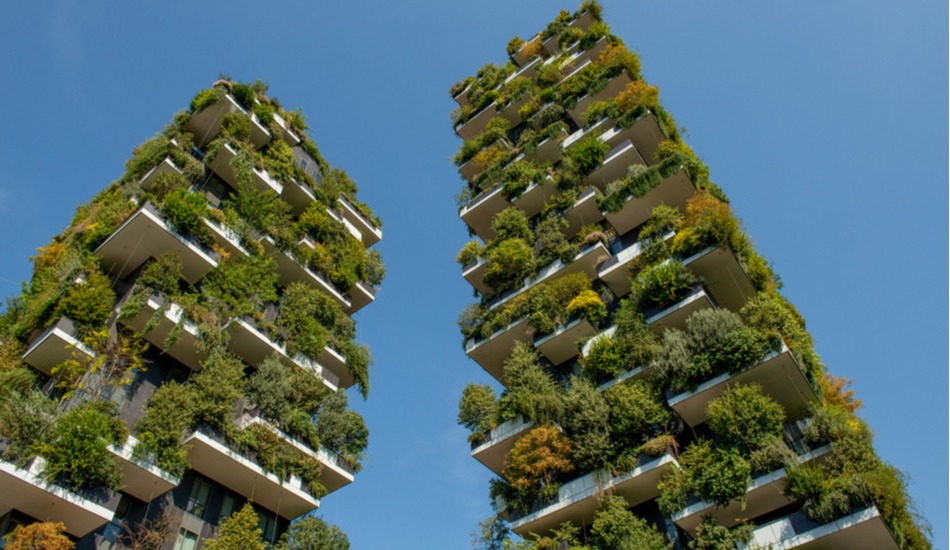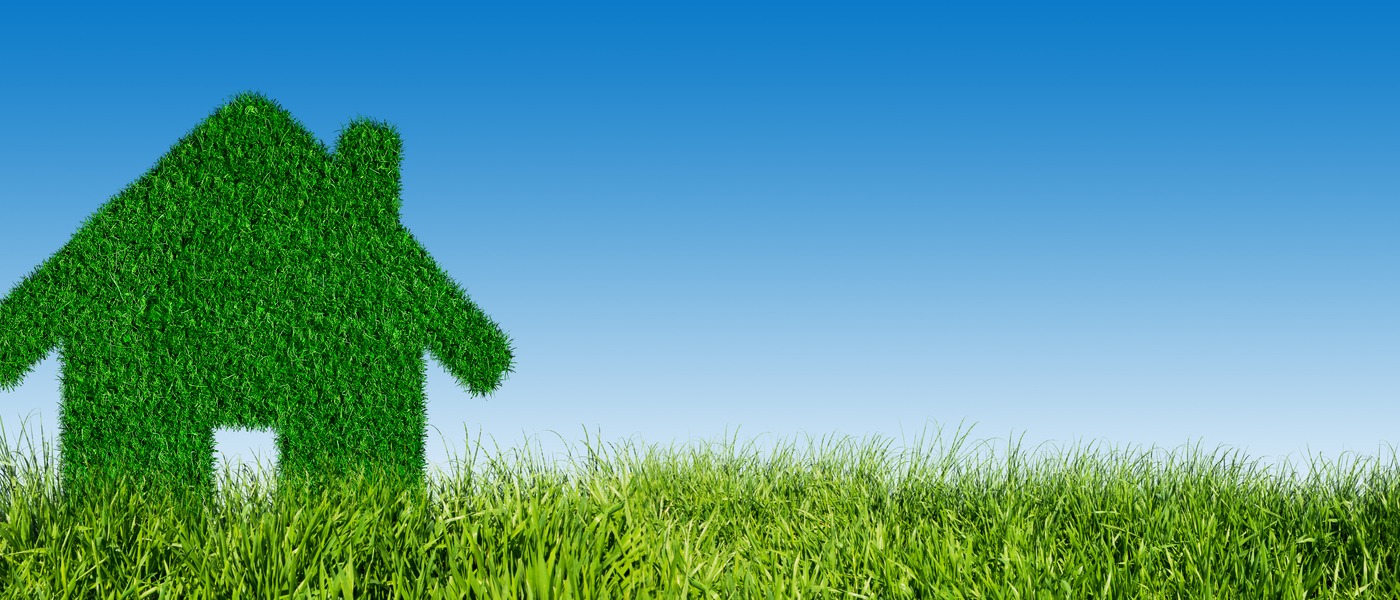Green buildings are taking center stage in the real estate industry. With rapid urbanisation and rising carbon footprints, they are certainly the need of the hour.
As per data released by the Indian Green Building Council, India has successfully achieved 7.17 billion Sq.Ft. of green building footprint and now aims to reach 10 billion Sq.Ft. by 2022. While this is an achievement worth praising, we still have a long way to go especially in residential sector.
In India, developers were not aware of the benefits green buildings can offer, but from the past few years, the concept of green buildings has gained prominence in India.
After China and Canada, India is ranked third with more than 752 LEED Certified projects and has further plans to increase the green home coverage to 10%. States like Maharashtra tops the list of most green buildings with 373 sustainable buildings, followed by Karnataka, Haryana, Tamil Nadu and UP.
Rising environmental pollution and greenhouse gas emissions during the construction process of real estate projects are the biggest contributors to global warming and housing forms a big chunk of this. This is why it is imperative that green practices and eco-friendly construction techniques be adopted and a conscious push for 'Green Housing' should be given.
What are green homes?
Green homes are environmentally sustainable homes that make efficient use of environmental resources such as energy and water. As these homes use toxin-free building materials, they can easily help in combating indoor air pollution and can improve quality of life.
Green buildings are considered as modern-day architectural marvels because of the potential they hold in safeguarding the environment and the real estate market.
According to industry reports, India‘s green building market is estimated to double by 2022 at 10 billion Sq.Ft. Developers have understood the need for sustainable development and have started adopting best practices from across the world.

Are green buildings the future of sustainable India?
India’s rapidly growing economy has led to rampant urbanisation that has resulted in numerous challenges, air pollution being one of them. One of the major challenges faced by green housing projects in India is the high input cost of these projects that might increase the overall cost for the end-user.
However, India is rapidly moving towards a sustainable future with the increasing initiatives taken by the infrastructure and the development organisations. The developers are now focusing on developing projects that use energy efficient technology and are eco-friendly.

Advantages of green buildings
High Efficiency
Green buildings are highly efficient as they incorporate energy and water efficient technology that might not be available in traditional buildings. These technologies create a healthy environment as they utilise renewable energy with minimal wastage of resources.
Low In Maintenance
Green buildings demand low maintenance which is probably because of their unique construction features that ensure efficient use of resources such as water and energy.
Water efficiency
Green buildings allow utilisation of alternate sources of water such as rainwater by installing rainwater harvesting system that can be used for household chores.
High Return On Investment
Commercial and residential buildings have a high resale value that include sustainable design component. Moreover, the utility and maintenance cost is generally low in green buildings that sets them apart from the traditional building structures.
Better Quality Of Life
Green buildings offer a better quality of life because they are constructed with natural products. They can also decrease diseases like asthma, allergies and other respiratory problems.
India is on the fast track to reduce its carbon footprint and contribute to human health. In the coming years, the real estate sector will have to encourage the emergence of several new technologies that promote green construction for a sustainable future.




